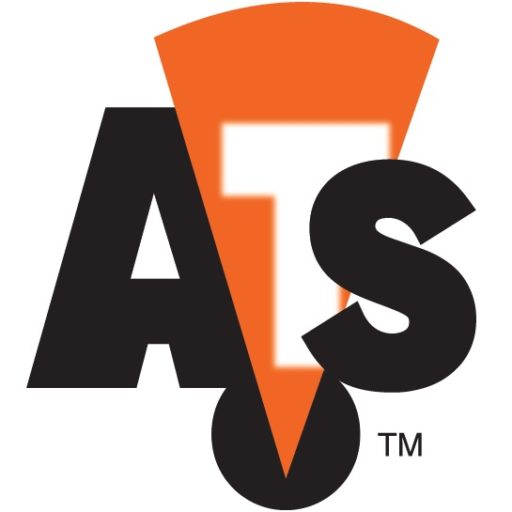It is easy to justify starting a predictive maintenance (PdM) program. A successful PdM program will monitor all of a facility’s critical assets, detect failures before they occur, and perform necessary maintenance on those assets, reducing repair costs and downtime. The issue, of course, lies in the implementation of a PdM program. Many factors can impede a potentially successful PdM program. Today, we will look at three major roadblocks: lack of vision, communication breakdown, and brain drain.
Lack of Vision
Starting a PdM program is an exciting opportunity. Many potential benefits can be reaped, but it takes consistent, dedicated effort and support to actualize those benefits. Successful programs always start from a clear, focused plan of attack. A champion of PdM must be able to create a business case for the program to justify the costs associated with purchasing equipment, training personnel, and the increased manpower required to support the initiative. The reliability leader who spearheads the PdM program must define [should this be a bulleted list?] which technologies will be used, the intervals for data collection, how the data will be used to inform maintenance planning and scheduling, how findings will be communicated, and the return on investment of the program.
Communication Breakdown
Open lines of communication are vital to the success of a PdM program. From the initial setup of collection routes to the completion of work orders generated from previously analyzed data, there are hundreds of opportunities for communication breakdown. Lapses in communication lead to ambiguity, and, ultimately, apathy. Apathy is incredibly dangerous to a budding PdM program. Without a group of like-minded individuals who are motivated to make a positive change to the maintenance culture, a PdM program is doomed. Apathetic maintenance personnel will not schedule or complete PdM work on time. Apathetic managers will not track and communicate the results and benefits of the program. In the long run, when no one cares enough to save the program, the funding will be cut and the program will end.
Brain Drain
Organizations with in-house PdM programs invest a lot of time and money training employees. Some technologies, like ultrasound, can be learned quickly and immediately applied. Other technologies, such as vibration or infrared thermography, take months to years to learn. The technicians who receive this training will become incredibly valuable to the organization, and some will likely move on to higher paying positions. In the worst-case scenario where a PdM technician leaves the company for greener pastures, it could take months to hire a suitable replacement and get them up to speed. In the meantime, collection will diminish, the assets will not be monitored, and data trends will be derailed.
The List Goes On
We’ve only scratched the surface of the numerous factors which could lead to PdM program failure. We will revisit this topic again in the future. In the meantime, watch for our companion article, Three Key Traits of Successful PdM Programs, which will be posted in two weeks.






0 Comments